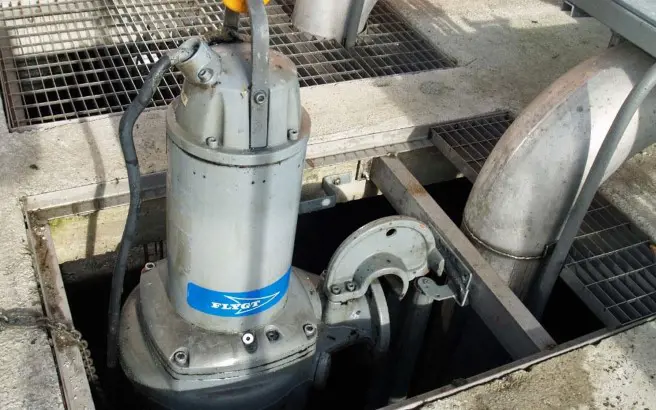It looks like you are coming from United States, but the current site you have selected to visit is Seychelles. Do you want to change site?
- Sign In
- Register
- Request Info
- Find a Location
-
Enable high contrast mode
-
- Select language
- Algeria
- Angola
- Anguilla
- Antigua and Barbuda
- Argentina
- Australia
- Austria
- Azerbaijan
- Bahamas
- Bahrain
- Barbados
- Belgium
- Belize
- Benin
- Bermuda
- Bolivia
- Botswana
- Brazil
- British Virgin Islands
- Bulgaria
- Burkina Faso
- Burundi
- Cabo Verde
- Cameroon
- Canada English
- Canada Français
- Cayman Islands
- Central African Republic
- Chad
- Chile
- China
- Colombia
- Comoros
- Congo
- Congo, Republic of the
- Costa Rica
- Cote d'Ivoire
- Croatia
- Czech Republic
- Denmark
- Djibouti
- Dominican Republic
- Dominicana
- Ecuador
- Egypt
- El Salvador
- Equatorial Guinea
- Eritrea
- Eswatini
- Ethiopia
- Europe
- Finland
- France
- Gabon
- Gambia
- Germany
- Ghana
- Greece
- Grenada
- Guadeloupe
- Guatemala
- Guinea
- Guinea-Bissau
- Guyana
- Haiti
- Honduras
- Hong Kong
- Hungary
- India
- Indonesia
- Iraq
- Ireland
- Israel
- Italy
- Jamaica
- Japan
- Jordan
- Kazakhstan
- Kenya
- Korea
- Kuwait
- Lebanon
- Lesotho
- Liberia
- Libya
- Lithuania
- Madagascar
- Malawi
- Malaysia
- Mali
- Martinique
- Mauritania
- Mauritius
- Mexico
- Mongolia
- Montserrat
- Morocco
- Mozambique
- Namibia
- Netherlands
- New Zealand
- Nicaragua
- Niger
- Nigeria
- Norway
- Oman
- Panama
- Paraguay
- Peru
- Philippines
- Poland
- Portugal
- Puerto Rico
- Qatar
- Romania
- Rwanda
- Saint Kitts and Nevis
- Saint Lucia
- Saint Vincent and the Grenadines
- Sao Tome and Principe
- Saudi Arabia
- Senegal
- Seychelles
- Sierra Leone
- Singapore
- Slovakia
- Somalia
- South Africa and Sub-Saharan Africa
- South Sudan
- Spain
- Sudan
- Sweden
- Taiwan
- Tanzania
- Thailand
- Togo
- Trinidad and Tobago
- Tunisia
- Turkey
- U.A.E
- U.S. Virgin Islands
- Uganda
- Ukraine
- United Kingdom
- United States
- Uruguay
- Uzbekistan
- Venezuela
- Vietnam
- Yemen
- Zambia
- Zimbabwe
Wastewater Pump Systems

Transporting wastewater to treatment facilities
After water has served its many uses, it needs to be collected and transported to the wastewater treatment plant to be treated and returned to the environment. Wastewater flows increase along the collection system toward the treatment plant. When gravity flow is not economically or technically possible, pump stations are used and the pumps are controlled to achieve a stable, secure flow to the wastewater treatment plant.
The closer to the treatment plant you get, the larger the pump stations becomes, in order to handle the increased flows. At the wastewater treatment plant's intake pumping station, or Headworks station, the municipal wastewater network ends. The raw wastewater is then pumped into the wastewater treatment plant's course screens and onto the treatment process.
Combined pump stations are designed to handle the daily wastewater flows as well as stormwater and other surface run-off and are common in many wastewater networks. When designing a combined station, you should consider the normal fluctuations from the sewage network as well as the maximum inflow resulting from storm events. Both these inflow rates can differ widely from each other, and the maximum inflow can be much greater than the normal flow.
Wastewater can be difficult to transport and manage with large amounts of organic solids, rags and other waste matter that challenges wastewater pumps. High demands are placed on reliable pumping, since spills and overflows will cause damage to the environment and result in fines. This is when Flygt can help, with state of the art pump station designs and proven non-clog pumps for tough media and all your specific pumping requirements.


Resources
Request Information
All fields required.
Looks like you are offline, your form will be sent as soon as you get back online.
- Privacy Policy
- Terms & Conditions
- Update Preferences
- Copyright 2025 Xylem. All Rights Reserved.








